Apple Reportedly Planning 32- and 42-Inch OLED Displays for 2027 Amid Switch to New Panel Technology
Apple will transition almost all of its iPad, MacBook, and external display models to OLED displays by 2027, according to technology research firm Omdia.
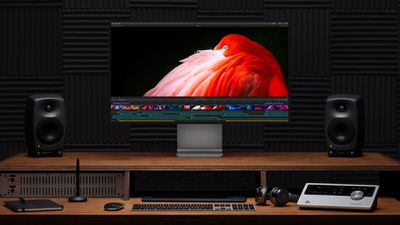
Omdia's latest IT OLED display forecasts, seen by OLEDInfo, claim that worldwide OLED shipments will rise rapidly from around 9.7 million units in 2022 to over 70 million in 2028. Most of this growth will be driven by laptops, but the number of OLED tablets will also increase sharply during this period.
The main contributor to this expected increase is said to be Apple's expanded use of OLED displays across its devices. In line with other rumors, Omdia believe that Apple will begin using OLED panels for the iPad starting with new iPad Pro models next year, followed by an OLED MacBook Pro in 2026. Apple will almost entirely phase out LCD and mini-LED displays on mobile devices by 2026. The report also mentions a foldable 20-inch iPad Pro model with an OLED around this time frame.
In 2027, Apple will apparently begin using QD-OLED or WOLED panels for 32-inch and 42-inch displays, likely for future iMac or external display models. The Pro Display XDR is Apple's only existing product with a 32-inch display and there is no currently 42-inch device.
Popular Stories
iOS 18 will give iPhone users greater control over Home Screen app icon arrangement, according to sources familiar with the matter. While app icons will likely remain locked to an invisible grid system on the Home Screen, to ensure there is some uniformity, our sources say that users will be able to arrange icons more freely on iOS 18. For example, we expect that the update will introduce...
The next-generation iPad Pro will feature a landscape-oriented front-facing camera for the first time, according to the Apple leaker known as "Instant Digital." Instant Digital reiterated the design change earlier today on Weibo with a simple accompanying 2D image. The post reveals that the entire TrueDepth camera array will move to the right side of the device, while the microphone will...
Apple today released macOS Sonoma 14.4.1, a minor update for the macOS Sonoma operating system that launched last September. macOS Sonoma 14.4.1 comes three weeks after macOS Sonoma 14.4. The macOS Sonoma 14.4.1 update can be downloaded for free on all eligible Macs using the Software Update section of System Settings. There's also a macOS 13.6.6 release for those who...
Apple has previously announced three new iOS features that it said are coming to the iPhone later this year, as outlined below. The new features include the ability to install iPhone apps on the web in the EU, RCS support in the Messages app, and next-generation CarPlay. Web Distribution Apple recently announced that eligible developers will soon be able to distribute their iOS apps to ...
Apple's iPhone development roadmap runs several years into the future and the company is continually working with suppliers on several successive iPhone models concurrently, which is why we sometimes get rumored feature leaks so far ahead of launch. The iPhone 17 series is no different, and already we have some idea of what to expect from Apple's 2025 smartphone lineup. If you plan to skip...
iOS 18 will feature a revamped Home Screen that is "more customizable," according to Bloomberg's Mark Gurman. He revealed this information in his Power On newsletter today, but he did not provide any specific details. Subscribe to the MacRumors YouTube channel for more videos. Apple will announce iOS 18 at its annual developers conference WWDC in June. Other features and changes rumored for...
We're getting closer to the launch of new iPad Pro and iPad Air models, while rumors about iOS 18 are continuing to ramp up with this week's surprise revelation that Apple has been talking to Google and others about potentially helping power the generative AI features expected to be a major part of this year's update. Other news this week saw the release of iOS 17.4.1 and iPadOS 17.4.1...



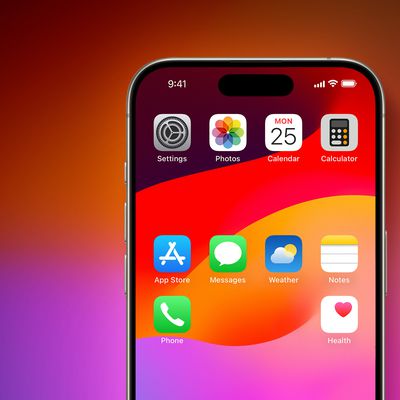
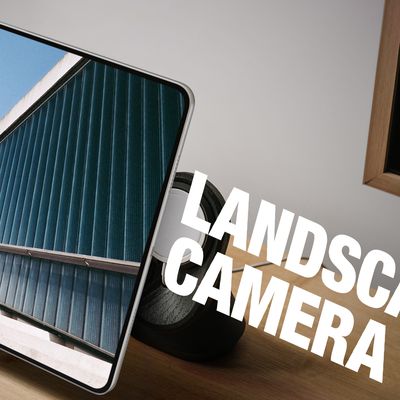
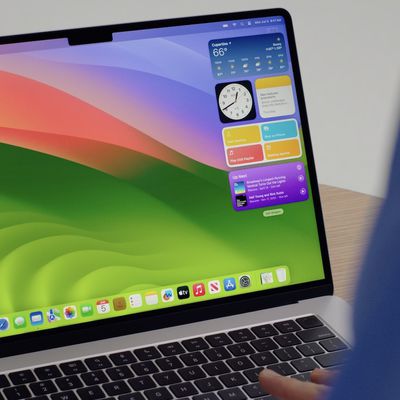
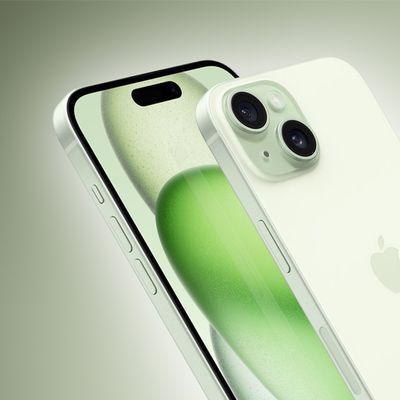


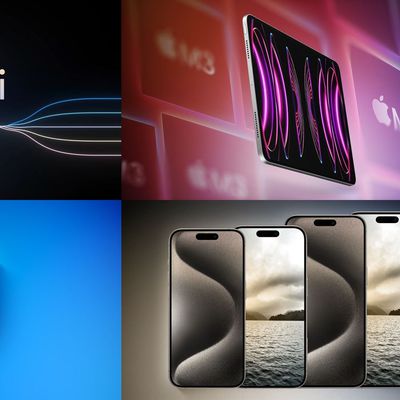





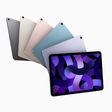






Top Rated Comments
It's acceptable on my iPhone and Watch because I just don't interact with them that much or leave them idle on a static screen. That's not the case with my computers.
I recently purchased an OLED desktop monitor last year and after a full day of work, it brought up a warning dialogue box that it needed to perform some kind of pixel refreshing to maintain the display and stop burn-in. (Asus PG42UQ).
I don't expect Apple to bring up such dialogues, but I do expect the computer to dim when it thinks you're not looking at the screen anymore like with the iPhone and for me I don't think that's acceptable.
I would much prefer they continue with MiniLED-based FALD backlighting since there's no risk of burn-in. They just need to increase the zone count vastly from the current 2,500 zones with 10,000 LED's to maybe 10,000 zones with 40,000 LED's.
https://www.digitaltrends.com/home-theater/samsung-qd-oled-burn-in-problem/
This could be due to the panel makers driving them harder with better peak and sustained brightness. I personally think OLED isn't the way forward and they should instead concentrate on making MicroLED production ready.
Or in layman’s terms: ????????